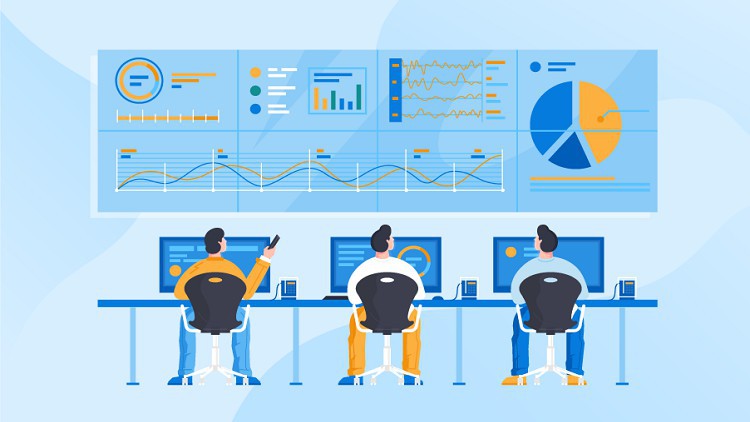Complete Teaching of MPLS Fundamentals by Arash Deljoo
Mastering MPLS Fundamentals: A Complete Learning Guide
4.66 (118 reviews)

862
students
14 hours
content
Jan 2025
last update
$84.99
regular price
What you will learn
RIB vs FIB
RIB , LIB , FIB , LFIB
MPLS Label , Enabling MPLS
IP TTL Behavior
MPLS TTL Behavior
MPLS Traceroute Behavior
LDP Configuration
LDP Neighborship
Advanced LDP
Controlling the Advertisement of Labels via LDP
MPLS LDP Inbound Label Binding Filtering
LDP Transport IP Address
LDP Authentication
LDP Session Protection
Different MPLS Modes
MPLS History
Related Topics
5265090
udemy ID
4/10/2023
course created date
4/19/2023
course indexed date
Bot
course submited by